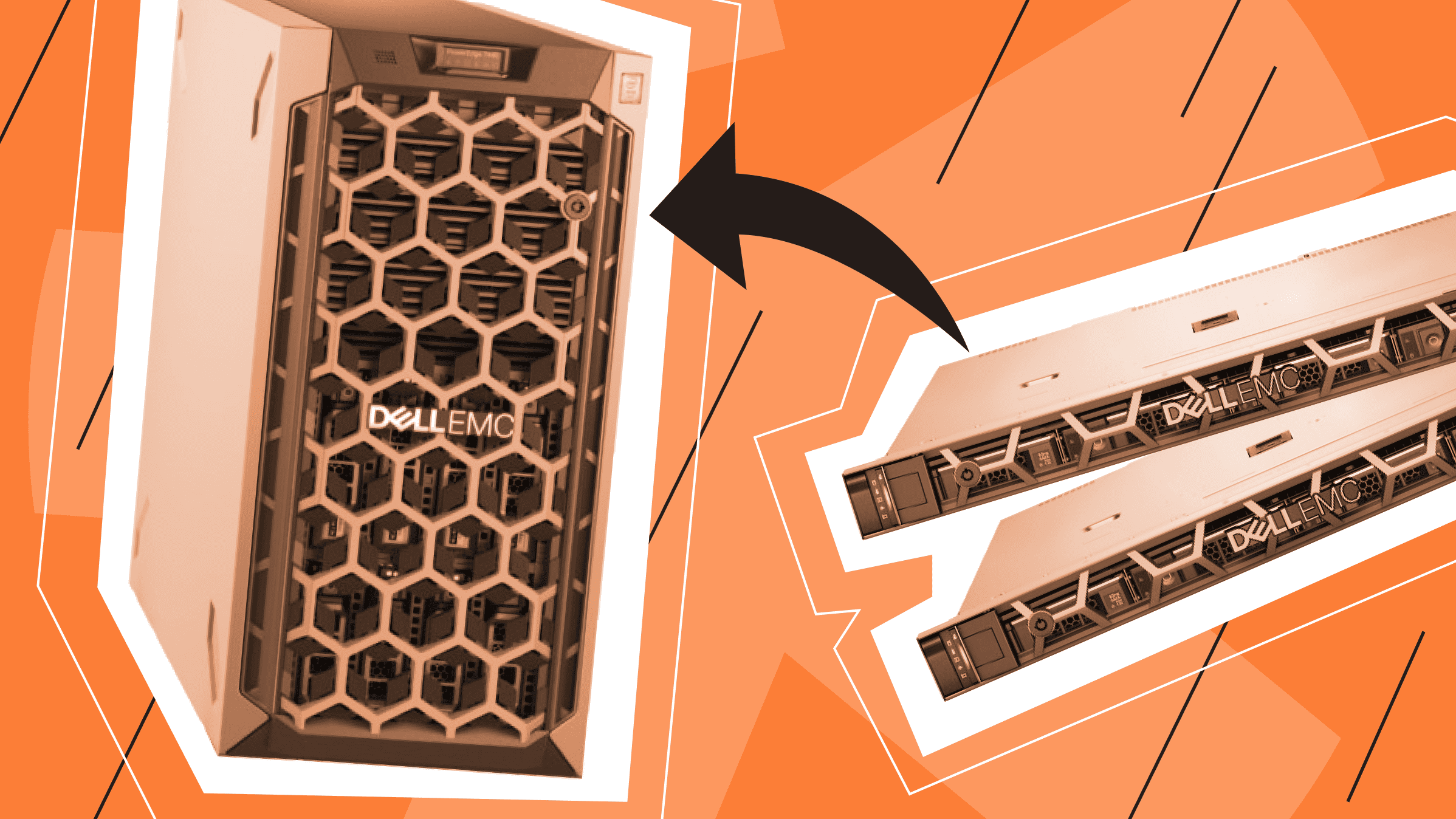
A server is a necessary part of any IT-based system. We use servers every day - for example, the mailboxes of every provider (Google, Yahoo, etc.) are connected to cloud servers that store the entire volume of correspondence sent and received.
There are several types of servers, varying in cost and features, so they can be used for both commercial and personal purposes.
Creating your own server is not as difficult as it may seem at first. Even without experience in setting up servers, writing code, or generally working with such technologies, a server can be created by almost anyone. In this article, you will learn the basic steps to create your own server.
A few questions before you start creating a server
What do I need to make own server?
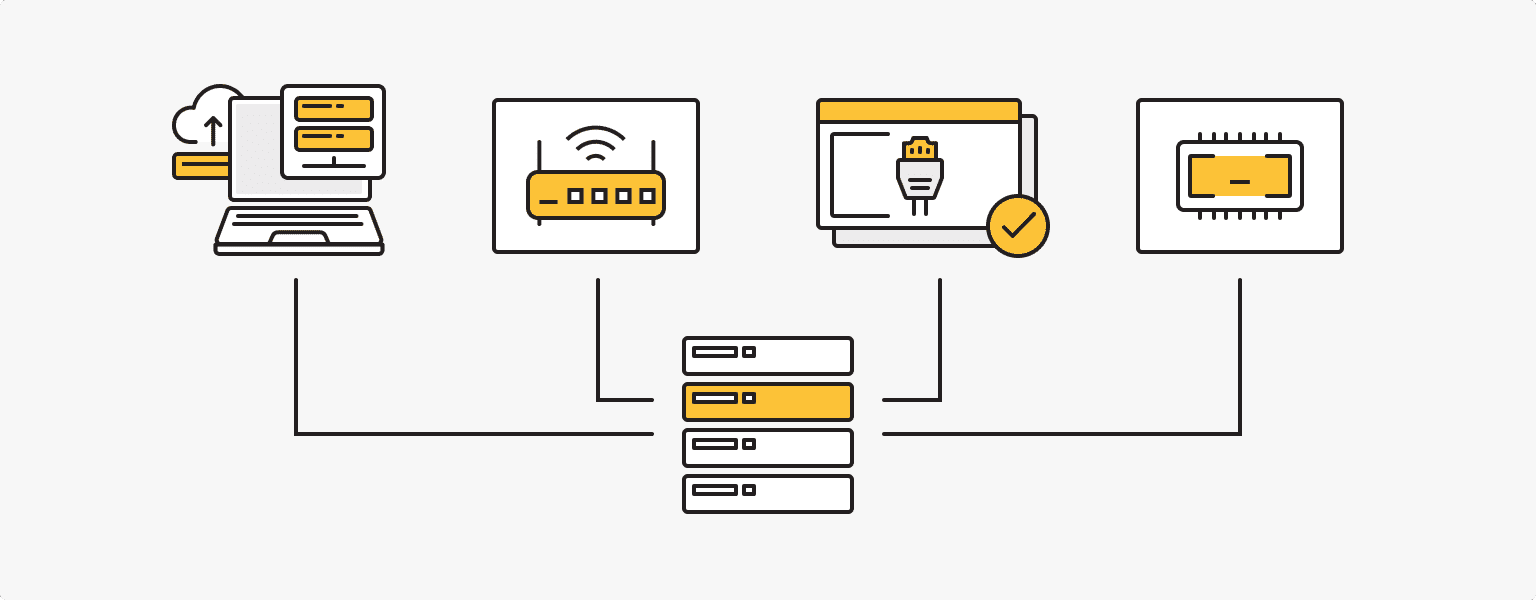
A physical server, a virtual server, or a regular computer. Your server's hardware is its main component. You can use another computer as a server, just make sure it has a 300MHz processor and 64MB of RAM. Another option is to buy a physical or virtual server.
A network router. In most cases, the usual wireless home router that we use to access the Internet will be fine. The router can act as a filter for data packets to and from your home server.
An ethernet cable. This is required if you are setting up a server in your local area. These cables, also known as CAT5 cables, are used to connect computers when setting up a server. With an Ethernet cable, you can increase the data rate up to 100MB/s. This means you can connect to the server using either wired or wireless technology.
Memory. Make sure the server (or computer) you choose has enough memory. In a server, RAM is important for processing data from the hard disks (HDDs) to the central processing unit (CPU).
How to run a dedicated server? If you are planning to build your server from multiple components, you will need:
- DDR4 RAM
- For more demanding tasks, try Ryzen or Xeon processors
- HP, Dell, Asus, or ASRock motherboards
- SSD or NVMe hard drive
- A cooling system
- A network card, router, and ethernet cable
- Power supply with 300-500W of power
- Chassis for all server components
How much does it cost to make own server?

The cost of the server depends mainly on its physical shell. If you plan to use your home computer as a server, it will cost you nothing. Buying a separate server or building own server from components can be more expensive.
There are alternatives that will not only reduce your costs but also make the server easier to manage. These include cloud hosting, VPS, and dedicated servers.
Cloud hosting is a common service that can be purchased from Amazon, Google, DropBox, etc. However, such a server is likely to be tied to a specific application and completely controlled by the provider. You won't be able to customize it to suit your needs.
A VPS, or Virtual Private Server, is a part of a physical server dedicated to your needs using virtualization technology. In this case, you are free to choose the operating system, software, and variants of the use of virtual server resources. Such a server can be scaled at any time. VPS from is*hosting starts at $5.00.
A Dedicated Server is a physical machine where all the resources and capacity are dedicated to a single tenant. This is the most reliable option of hosting, which eliminates the effect of "bad neighbors" and the level of security is taken to a higher level. These servers are popular for large projects. The cost of a dedicated server at is*hosting starts at $70.00.
Why do you need creating your own server?

- A server for a project.
This could be a website, a mobile application, or a site for developing a new software. In this case, we are referring to the commercial use of the server, which requires some setup.
- Servers for trading on exchanges.
Many traders choose to have their own server to trade more efficiently on popular exchanges. A VPS for Binance is also an excellent choice for bot trading.
- A server to store your backups.
If you don't want to entrust your backups to companies like Google or Apple, you can always store backups of the devices you need on your own server.
- Game server.
Sometimes you need your own server to immerse yourself in a game. For example, many Minecraft and Counter-Strike players resort to creating their own servers. How to create a Minecraft server?
- A home media server.
If you want to access all your local media files on any device in your home, your own server is one of the best solutions. To make the process even easier, you can use services like Plex or Kodi to manage your media files.
Determine your own server requirements
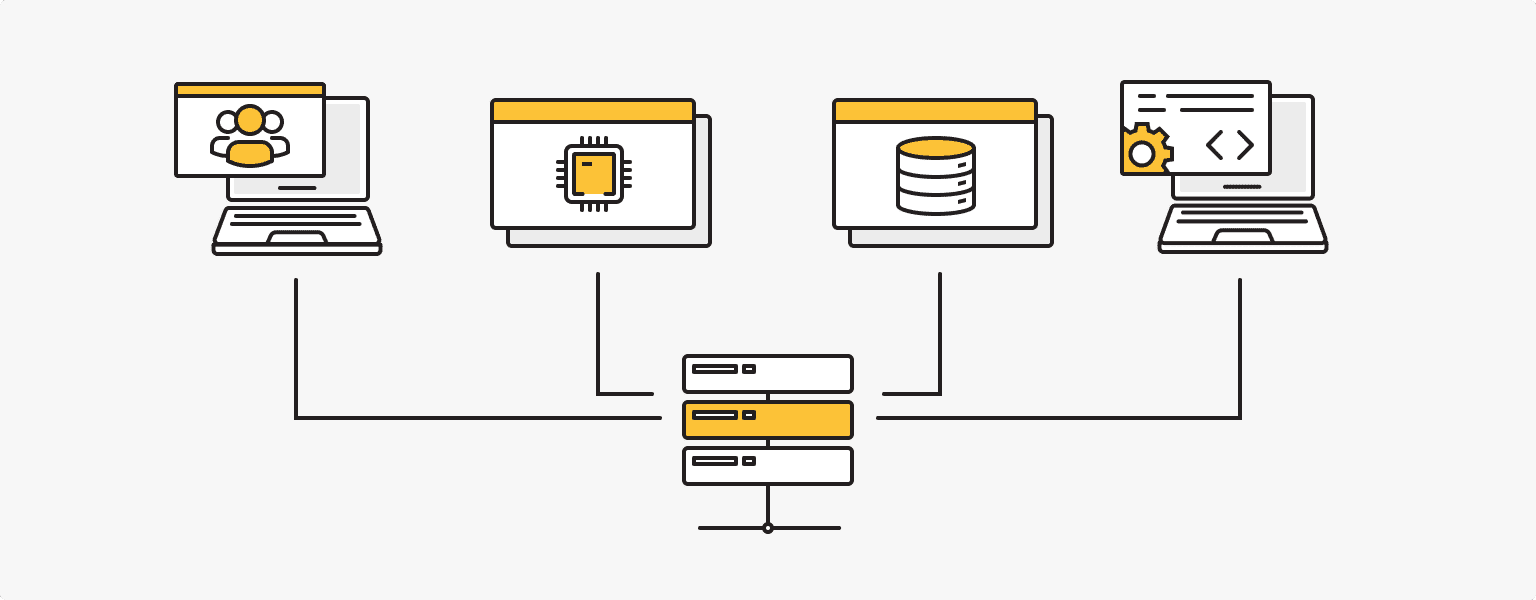
The first step to build a server is to determine your requirements. You need to consider the number of users who can access the server, the type of applications you will be running, the amount of memory you will need, and the level of performance you will require. Future growth and scalability should also be considered when making decisions about configuration.
Some applications require more resources than others, so it is important to choose a server that can meet your specific needs. For example, you can work out the requirements of the applications you want to install in advance and make your choice based on that.
In terms of performance, you should look at the processor (CPU), the amount of RAM, and the amount of storage. If you are renting a dedicated server or VPS from a hosting provider, you can set these parameters when you choose your server.
Storage devices are where you store various data, including backups, databases, media files, etc. This can be either a dedicated space on a server or a separate device (an additional server or hard drive).
You'll need a network router to set up your own server, so it's a good idea to prepare for the right bandwidth. If you plan to create a high-traffic website or provide services to a large number of users within a mobile application, you will need a server with fast network interfaces and high bandwidth.
When building your own server, remember that the amount of data stored on it and the software installed on it will increase over time. Whether it is a personal server or a commercial one, focus on scalability.
Choose the server type

So you have two options: build your server with your own hands (or an old computer) or rent a server with the right specifications from a hosting provider.
Physical servers include a tower (for personal use), a rack (for installation in a server rack), a hybrid (a combination of dedicated and virtual servers), and a blade (for installation in a blade chassis). Such equipment is an expensive option.
Hardware is expensive and it can take hours to set up own server and system, even if you're an experienced user. Renting a server is a simpler and safer option, as there are ready-made solutions that can be customized to your needs.
Depending on the resources used, consider the simplest and most popular options, which will cost you a monthly rent:
- Dedicated server. A dedicated server offers the same functionality as a server owned by a company or a specific user but is maintained by a hosting provider and located in a secure data center. There are managed and unmanaged dedicated servers, both of which offer high performance, high connection speed, and flexible configuration.
- VPS. This is an isolated virtual environment on a dedicated server with a specific CPU, RAM, and hard drive. Because a dedicated server can host multiple VPSs independently, the cost of a virtual private server is much lower. At the same time, it offers the same possibilities as a dedicated server.
Optional Features

There are a number of options and services available if you want to rent a server from a hosting provider.
A managed server includes pre-installation of the operating system, a convenient control panel, basic services (php, ftp, apache, mySQL, etc.) and support for server unavailability, a configuration of automatic backups, antivirus checks, consulting, etc.
If you choose an unmanaged server, the hosting provider will deliver it to you with a clean OS installed, or without an OS (if you specify this requirement before ordering). You get access to a special remote server management interface (IPMI) and can customize the server to your needs.
Many hosting providers have an international infrastructure. This allows you to choose the location of your server depending on the purpose of its use.
How to set up own server

If you build a server yourself, its configuration depends on the components you buy and the software you choose. If you rent a server, you can choose the parameters you need, including some additional services, in a special configurator:
- Operating system (Windows or Linux versions)
- RAM capacity
- Disk space
- Graphics processor
- Number of IP addresses
- Control panel
- Type of administration
- Regular backups
- port speed and traffic packet size
- Protection type against DDoS attacks
If you are not sure which configuration to choose, you can contact technical support for help.
The choice of operating system for your server depends on your personal preferences and the flexibility you need. Windows has the advantage of practicality, performance, and a wide range of features. Its reliability makes it ideal for terminal and file servers. The Linux family is characterized by several distributions (Debian, Ubuntu, CentOS), each with its own advantages and suitable for different tasks. One of the first Linux distributions for servers is Ubuntu, which still competes with Windows.
You will also need a control panel to work with the server. Among the most popular options are cPanel, ispmanager, VestaCP, and Plesk. The choice of a control panel may depend on the graphical interface and management capabilities. You will also need additional software (database services, etc.).
For storage, consider solid-state drives (SSDs) for faster data access. Use hard disk drives (HDDs) or network-attached storage (NAS), if you need more storage.
Secure your own server
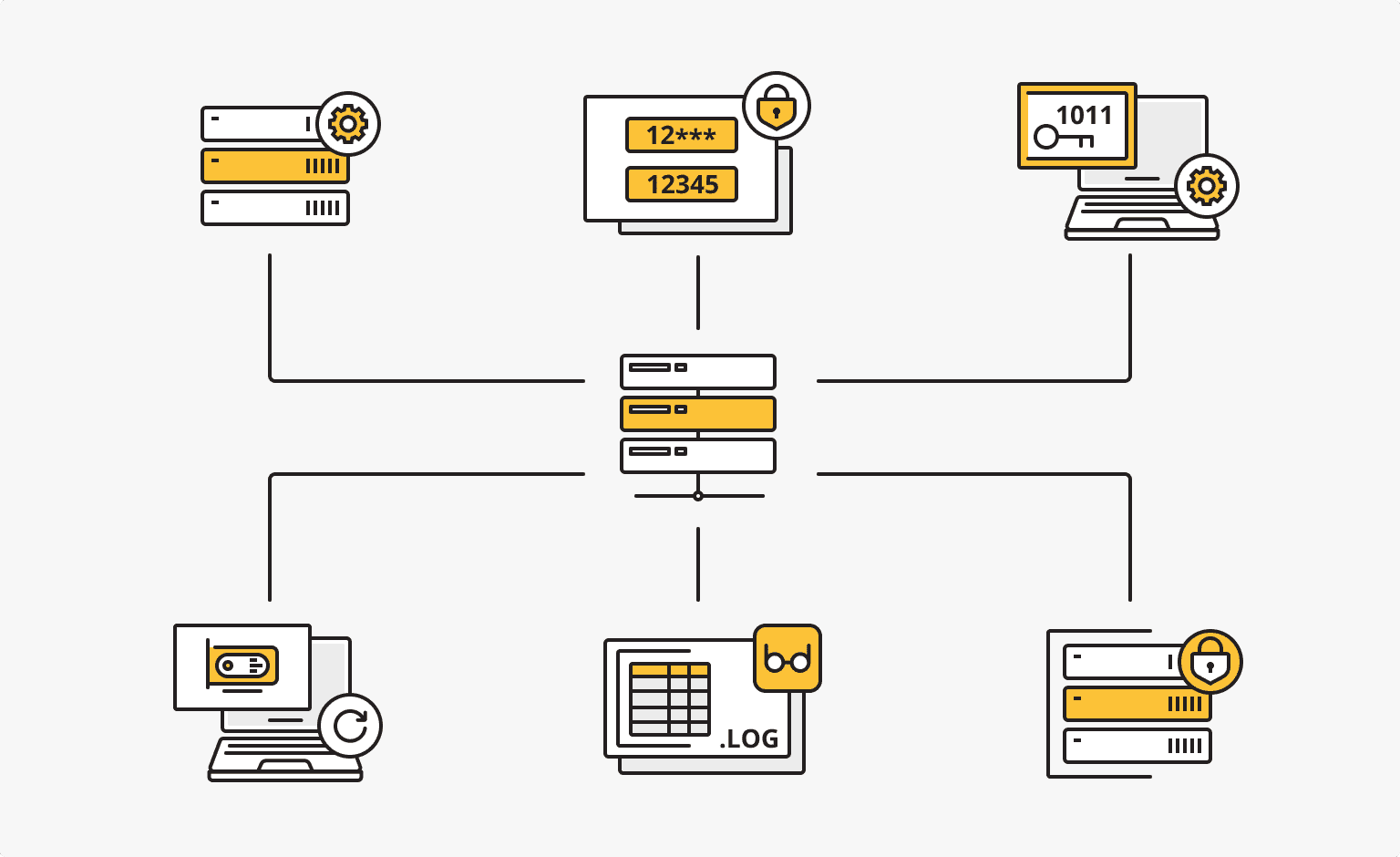
There are several ways to protect your data and applications from unauthorized access, theft, or damage:
- Configure firewalls to restrict access to your server and block unauthorized traffic. You can use built-in operating system firewalls or third-party firewalls.
- Secure remote access methods, such as SSH (Secure Shell), to ensure that only authorized users can access your own server remotely. Use strong passwords and two-factor authentication to further enhance security.
- Use encryption to protect sensitive data in transit and stored on your server. This can include SSL/TLS encryption for web traffic or hard disk encryption for data storage.
- Update your operating system, software, and security patches regularly. This will ensure that any known vulnerabilities are fixed and cannot be exploited by attackers.
- Monitor and review logs to detect any suspicious activity or attempts to access your server.
- Physically secure the server by placing it in a locked server room with limited access.
Manage and maintain your server
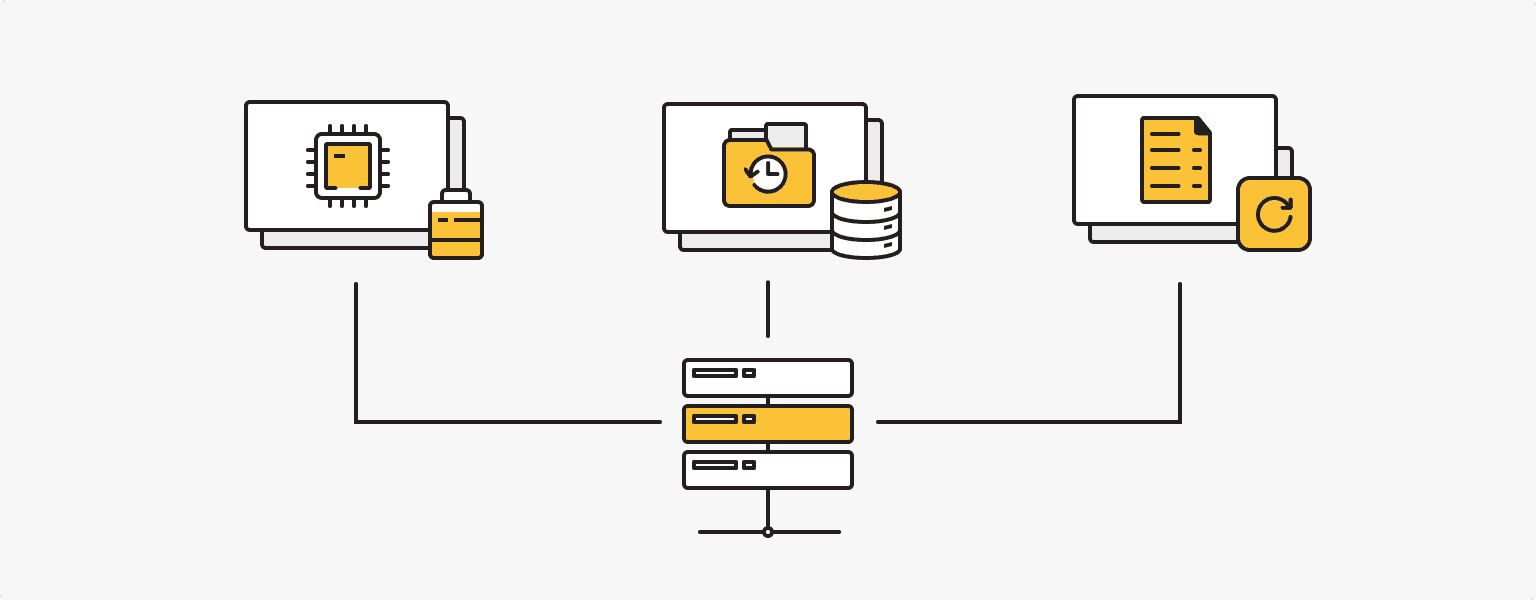
Monitor your server performance and resource usage to identify potential vulnerabilities and fix them before they lead to problems. Use performance monitoring tools to track CPU, memory, disk, and network traffic (IDS/IPS) usage.
It is vital to set up automatic backups to remote storage. There are several ways to create backups and different types of storage.
No one is immune to emergencies, so you should have a data recovery plan in place and review it regularly in light of new threats.
Server management starts at the first step and depends on the components chosen, the configuration, and even the provider. It is important to maintain the security, performance, and availability of your server at a level that suits your needs. Your experience with the server generally depends on it.
All the steps described in this article can be done by yourself, but you should remember that setting up a dedicated server takes time and requires considerable technical knowledge. Contact us if you want the work done quickly and without your efforts. Our specialists will create a server according to your requirements and provide everything in the best possible way.
Dedicated Server
Smooth operation, high performance, and user-friendly setup - it's all there for you.
From $9.99/moData Storage
Store your backups or personal data in a safe place - is*hosting will take care of the protection.
More